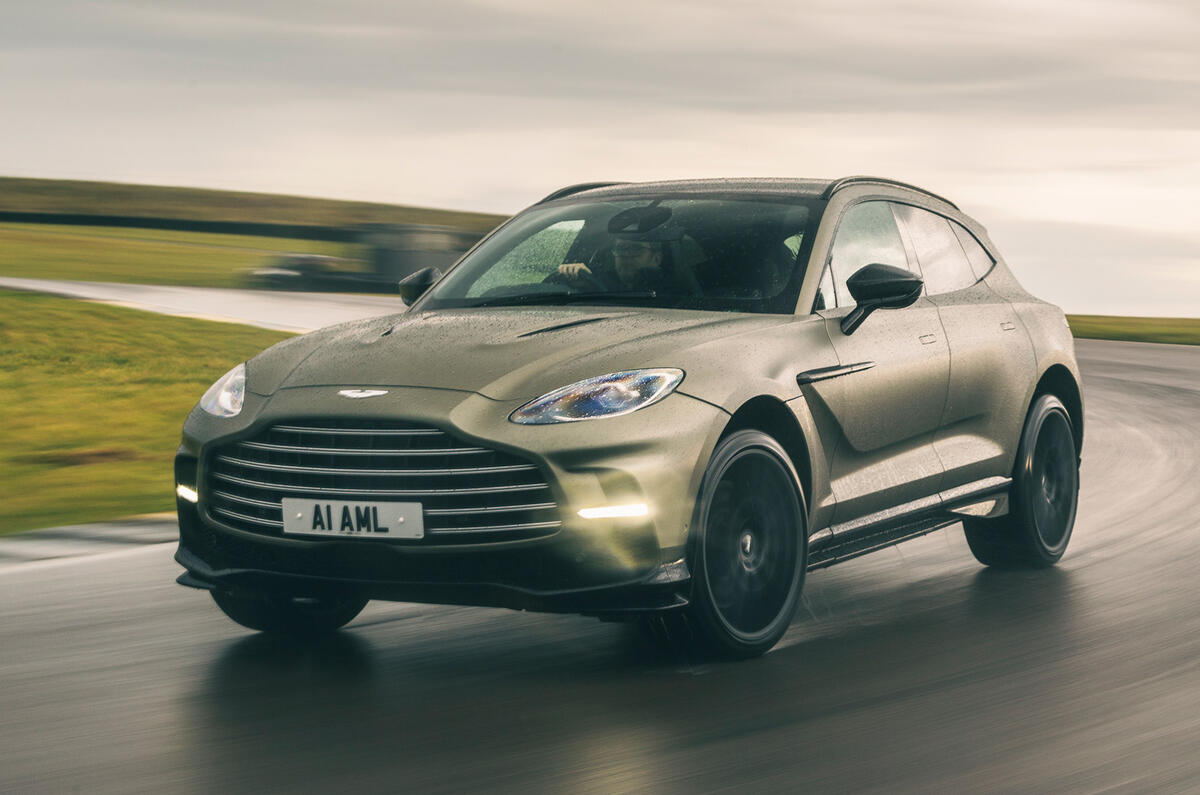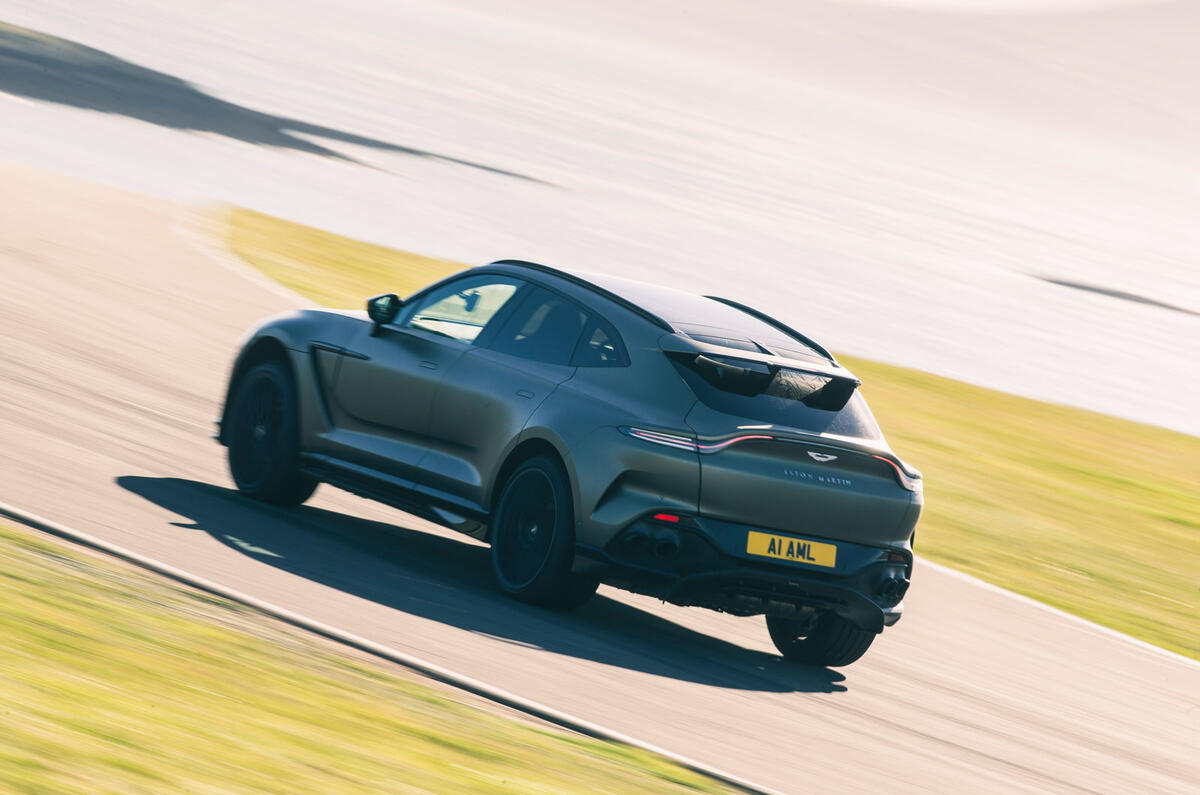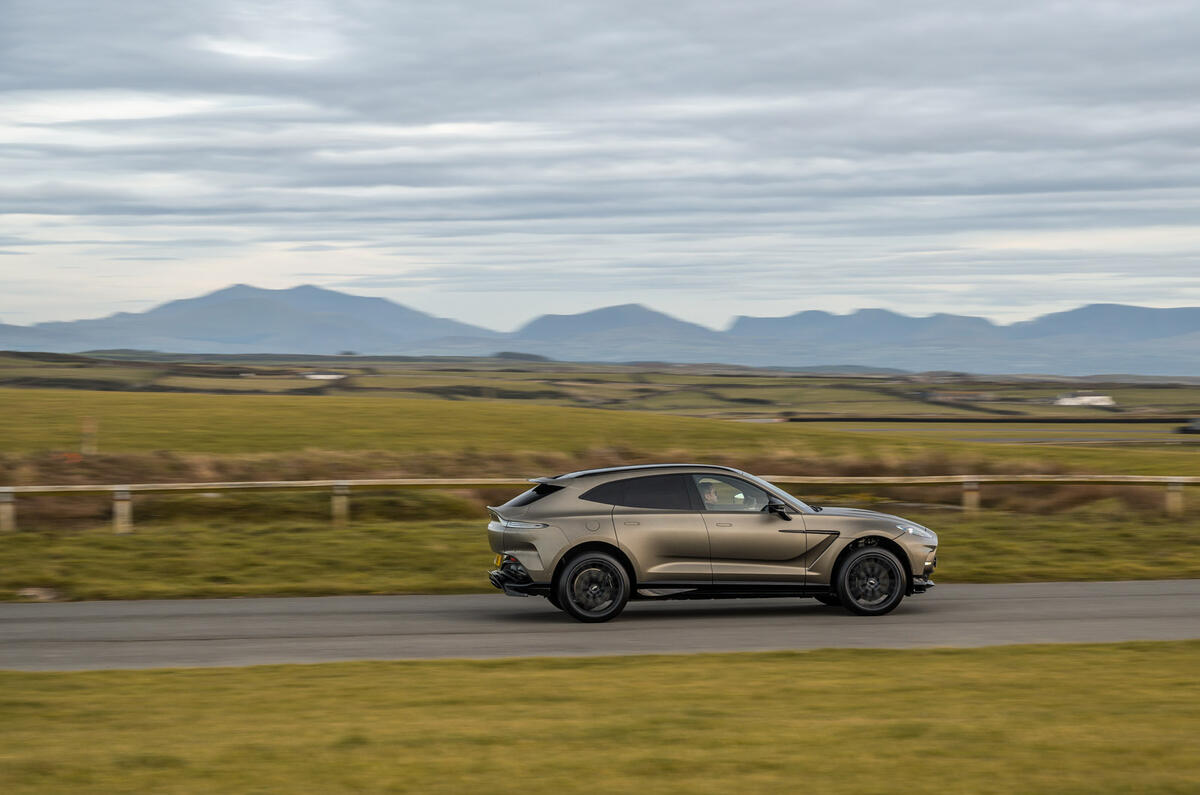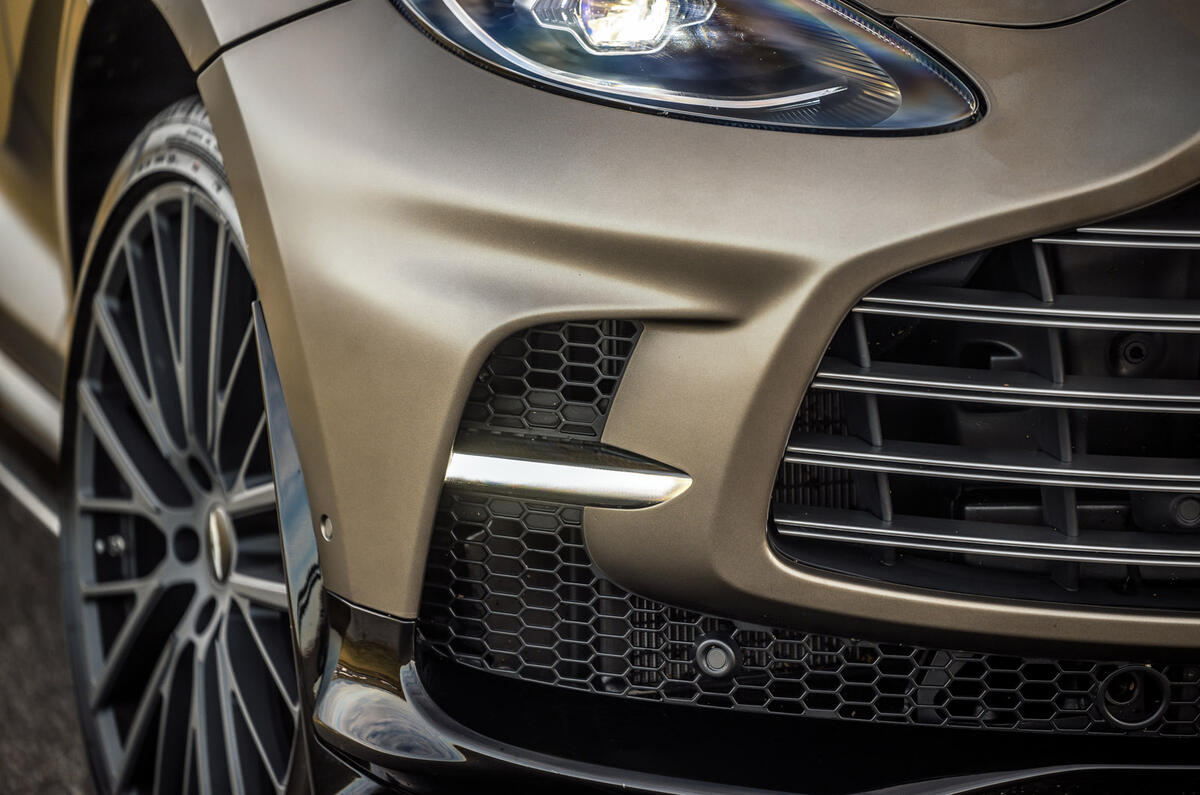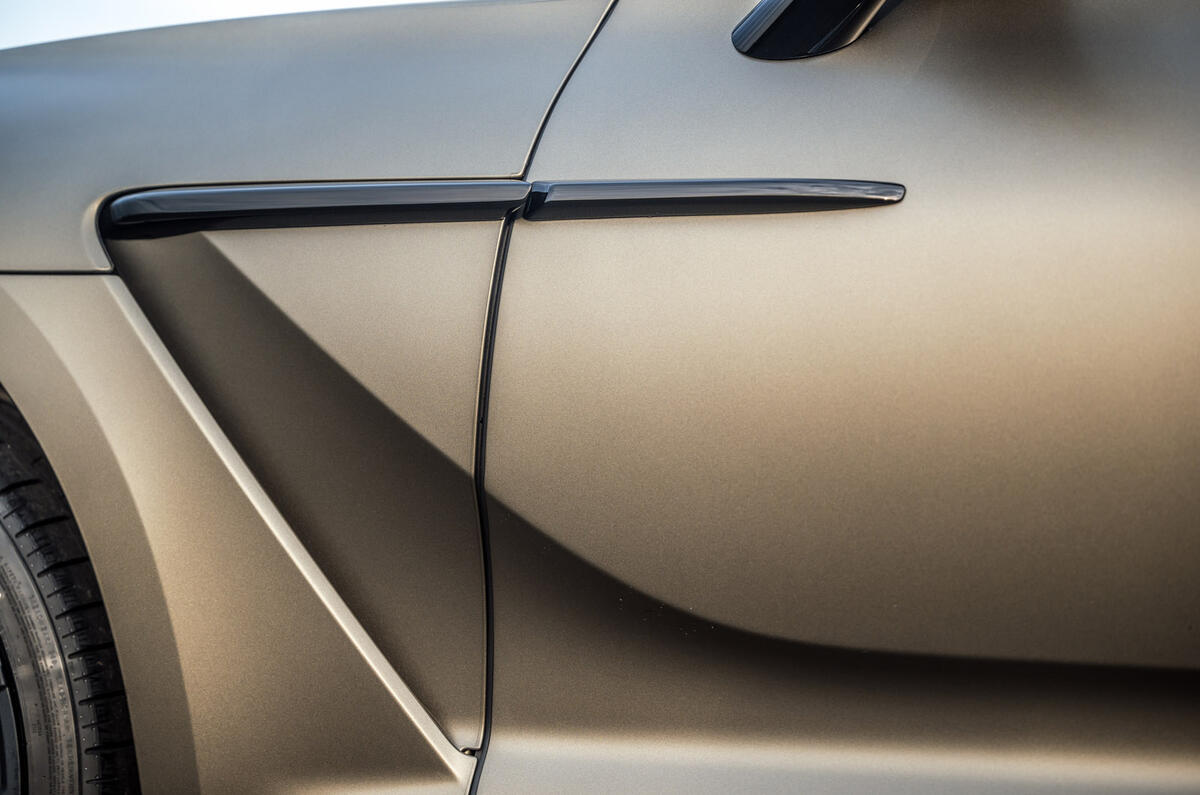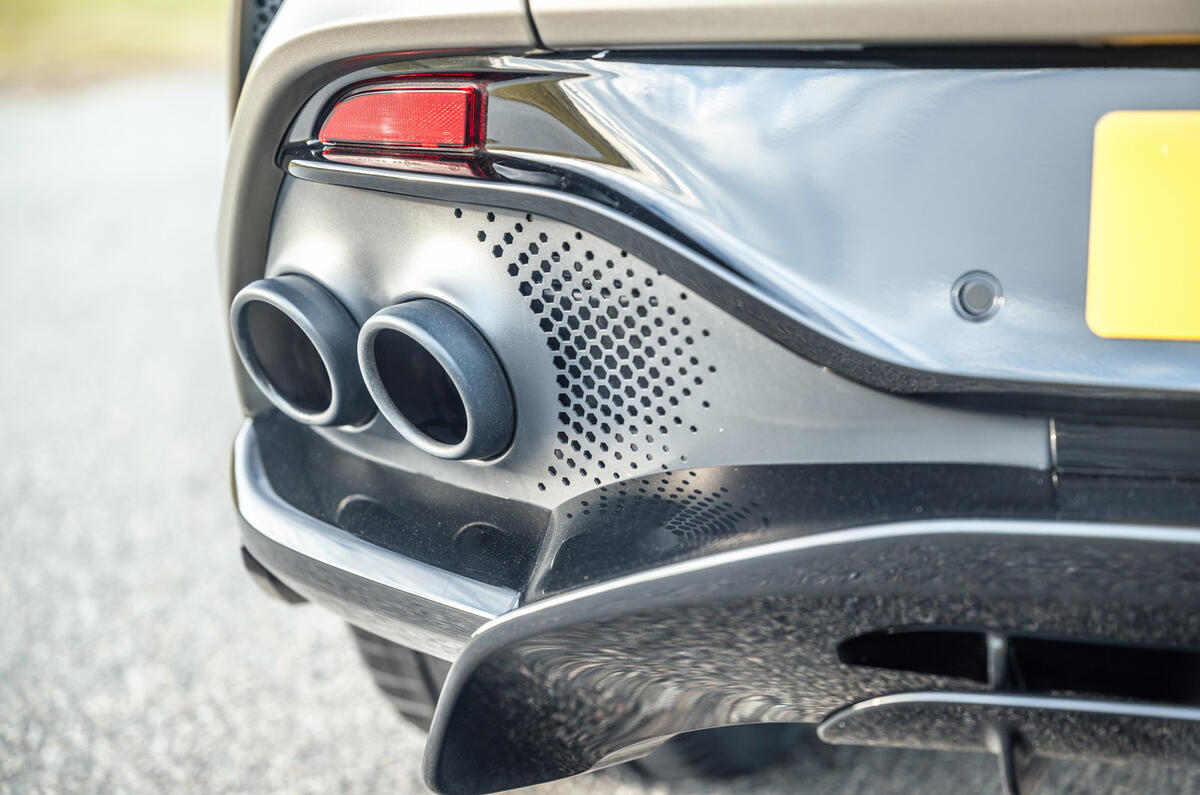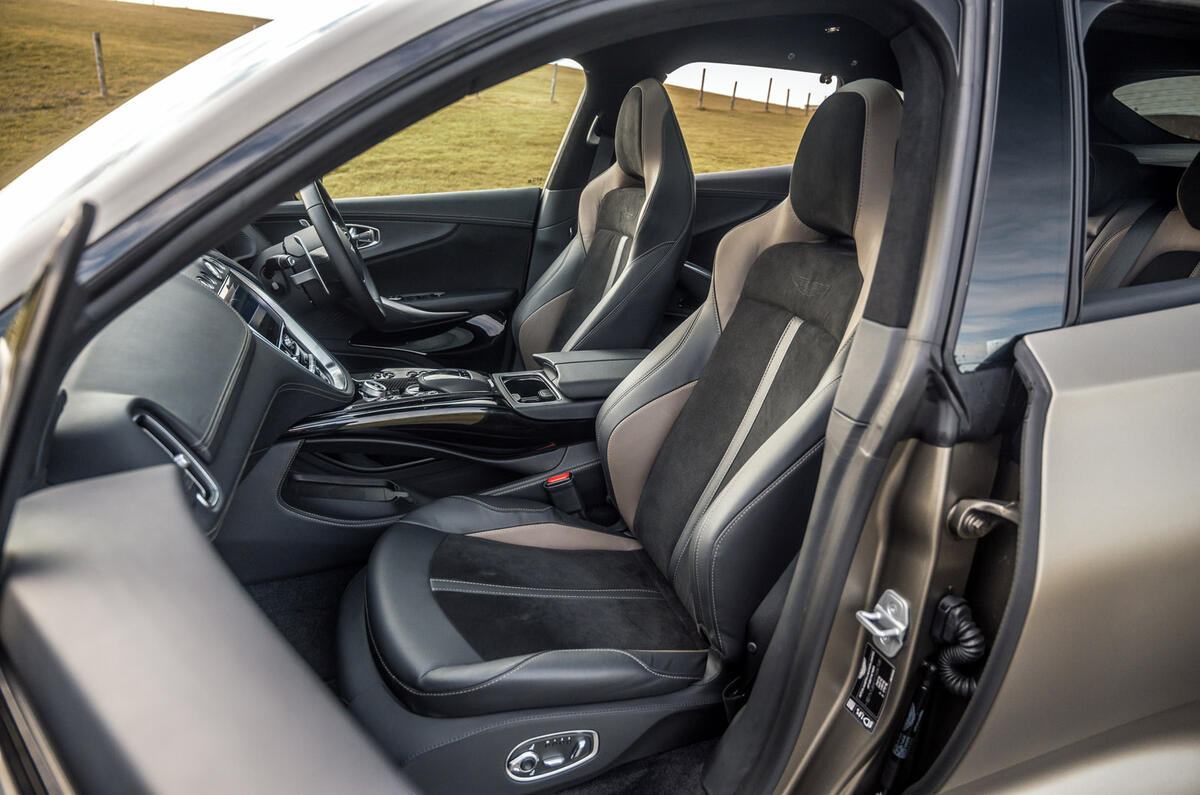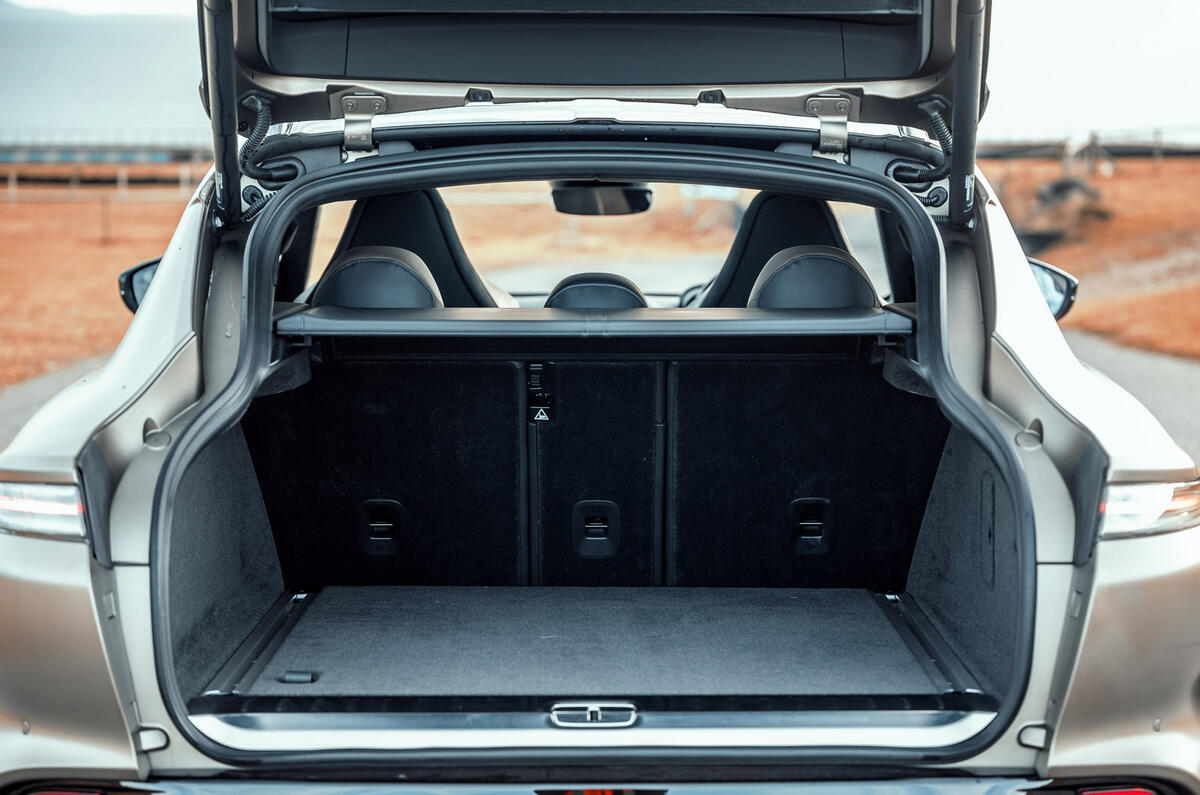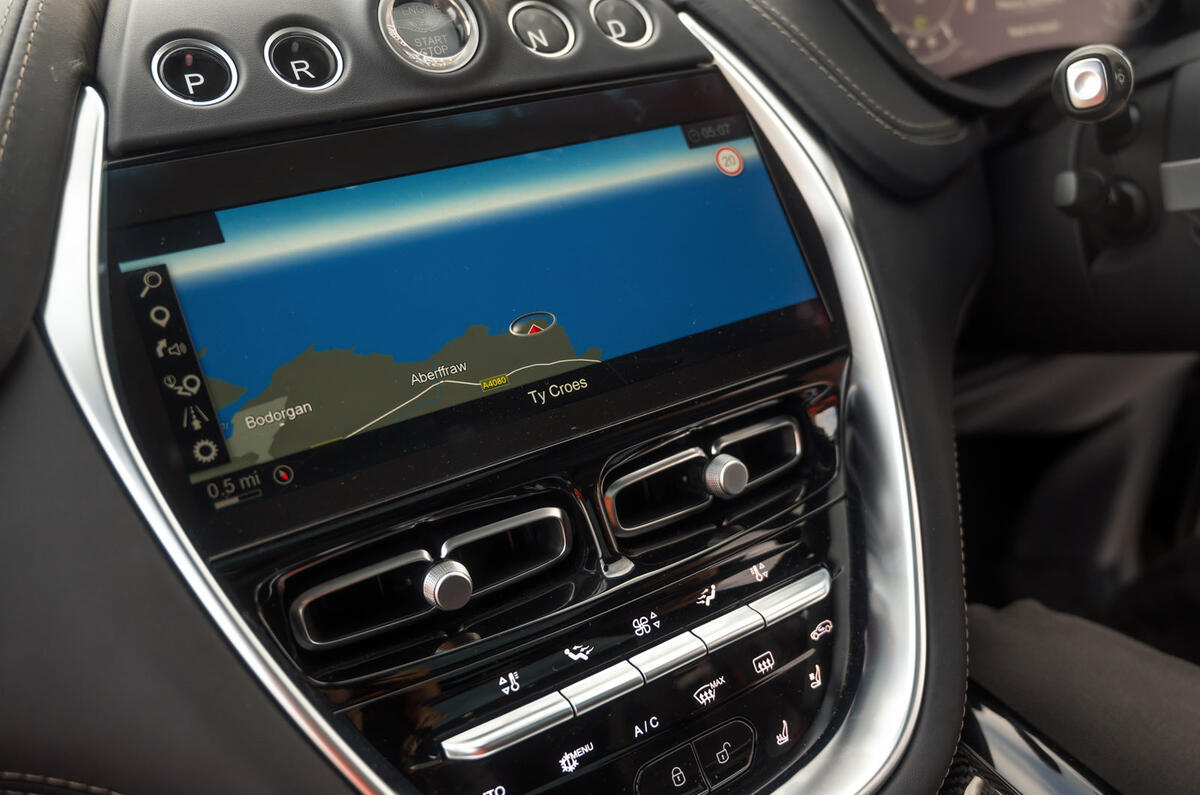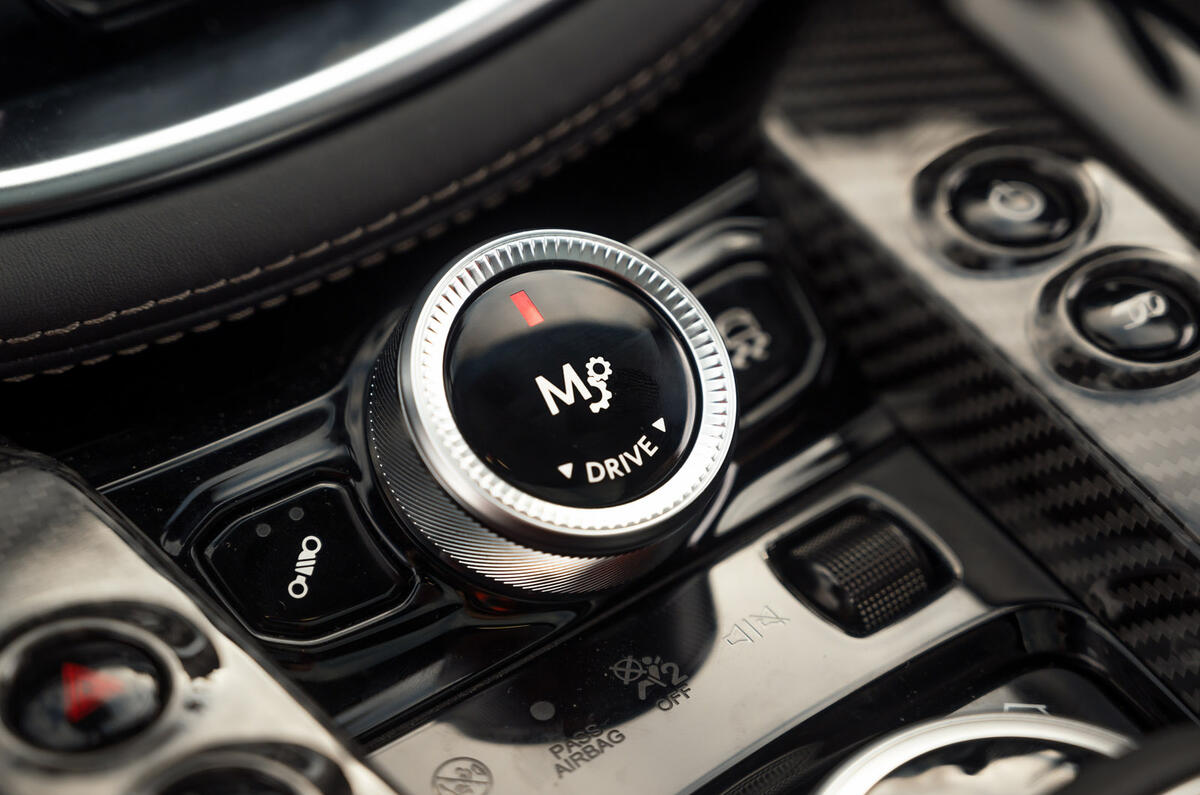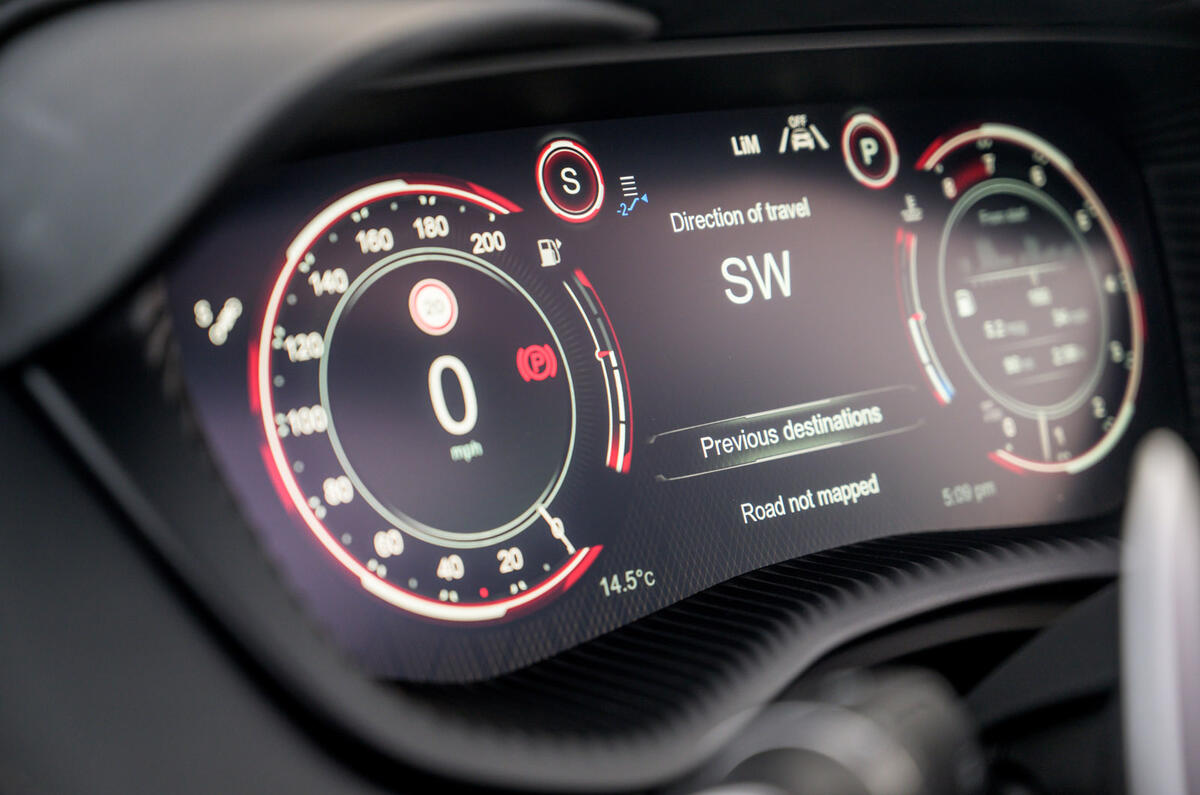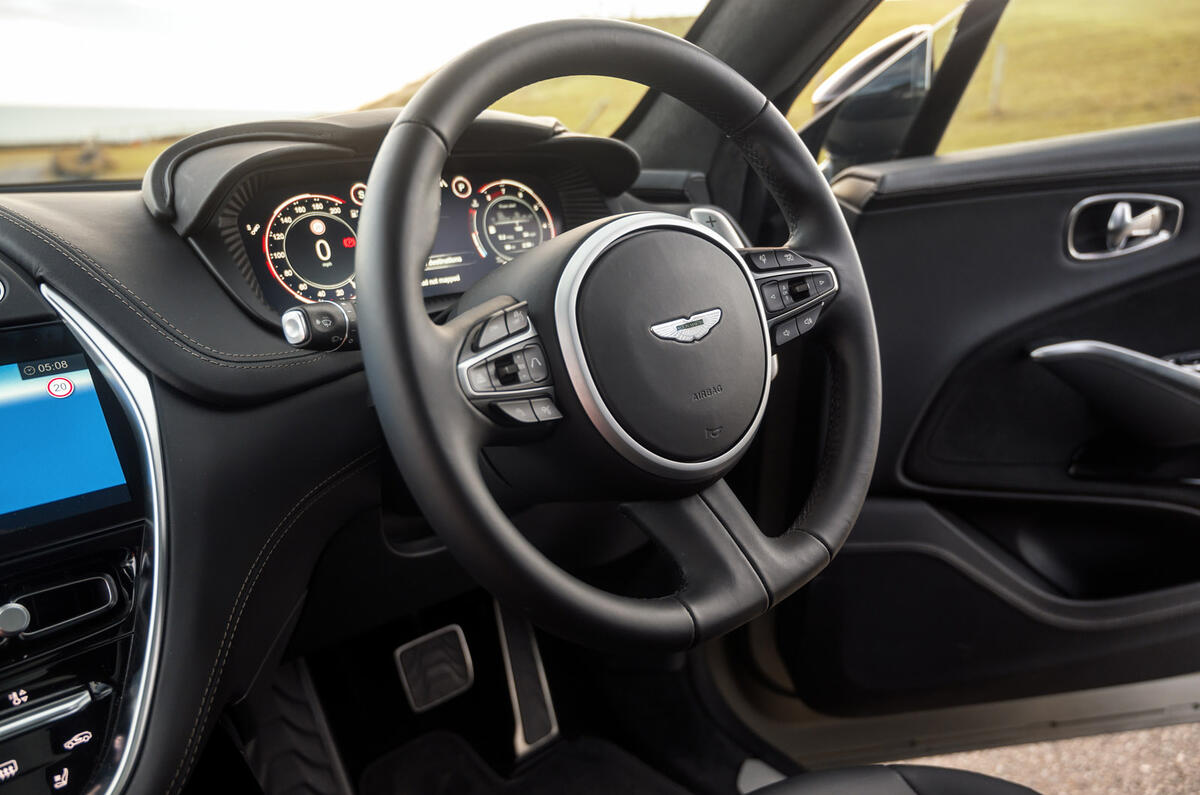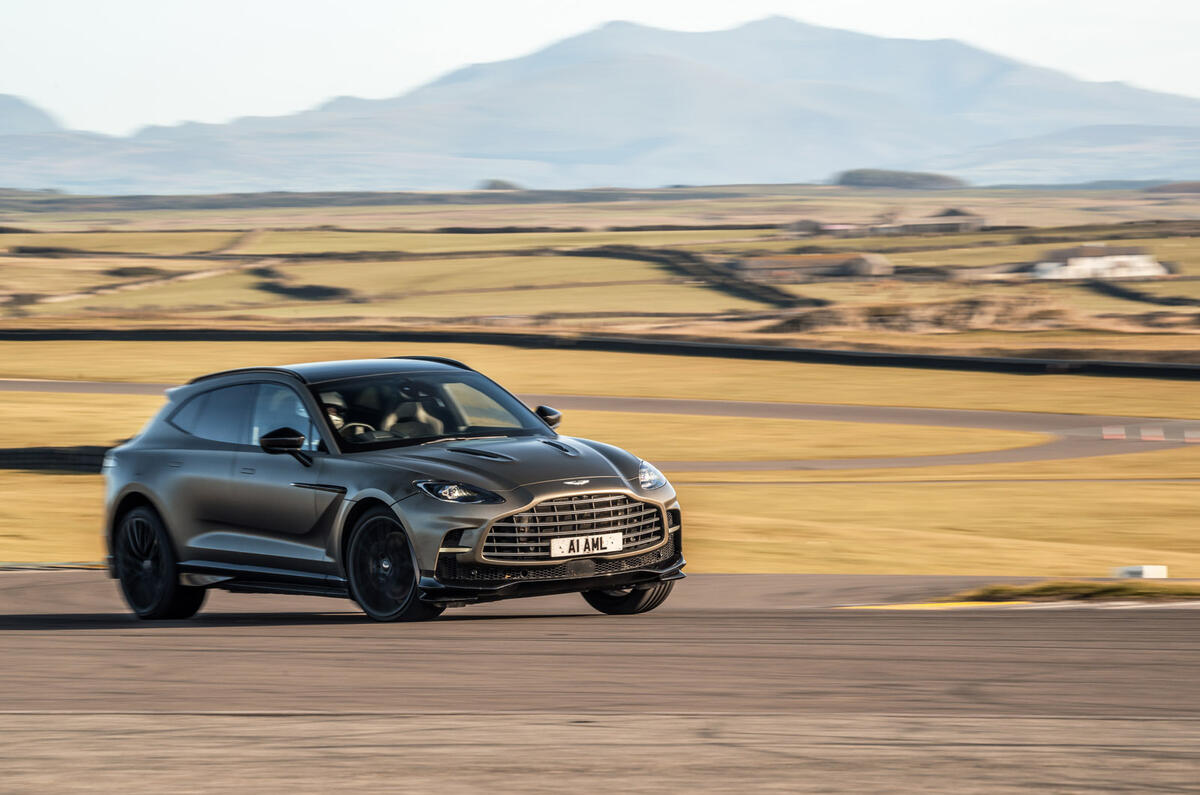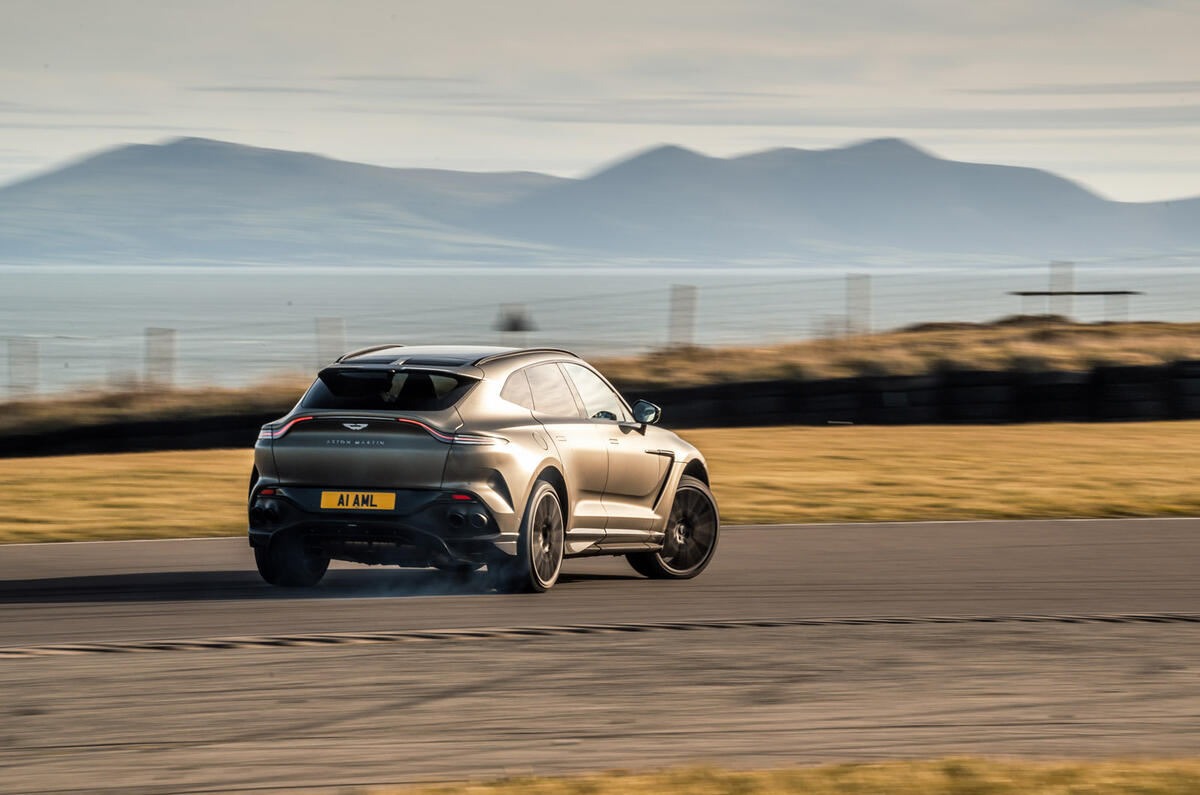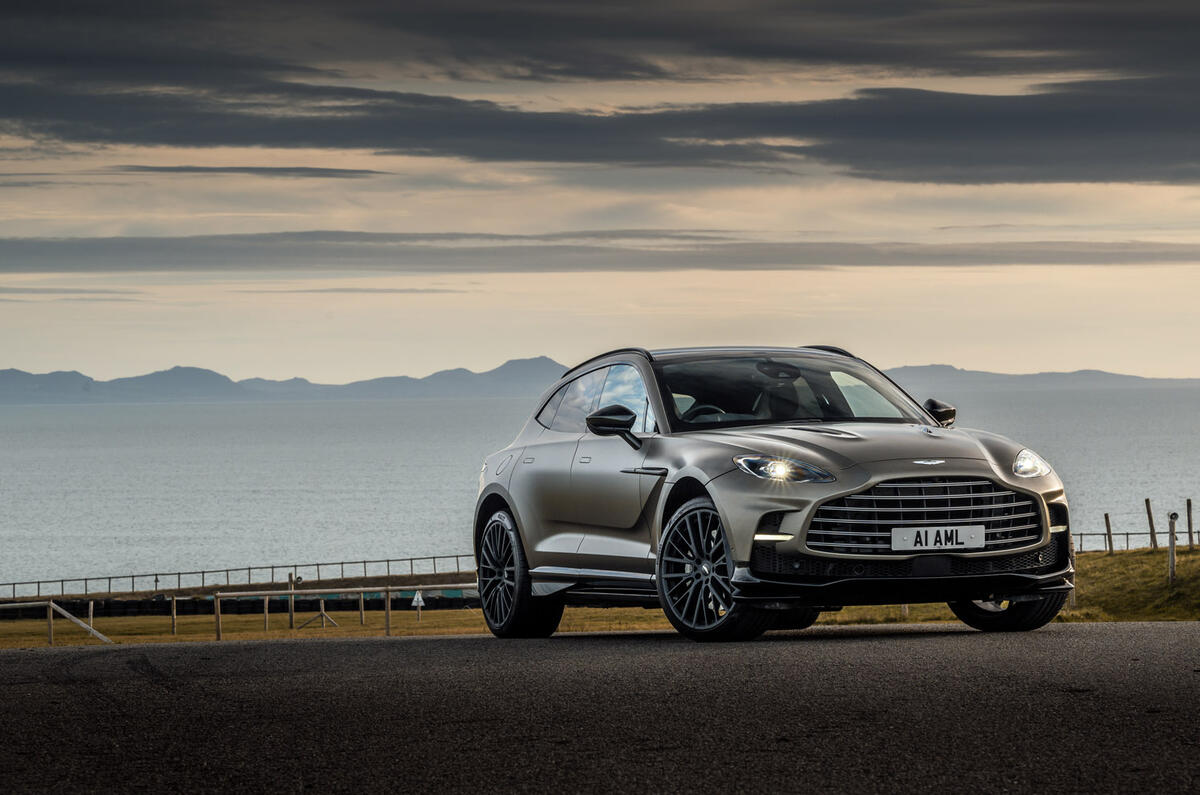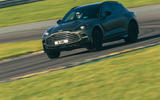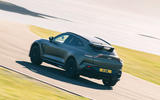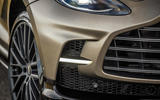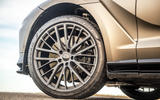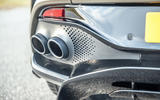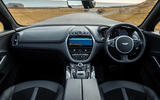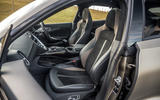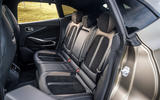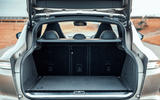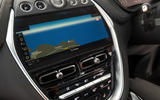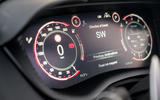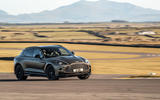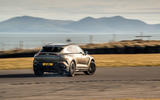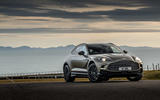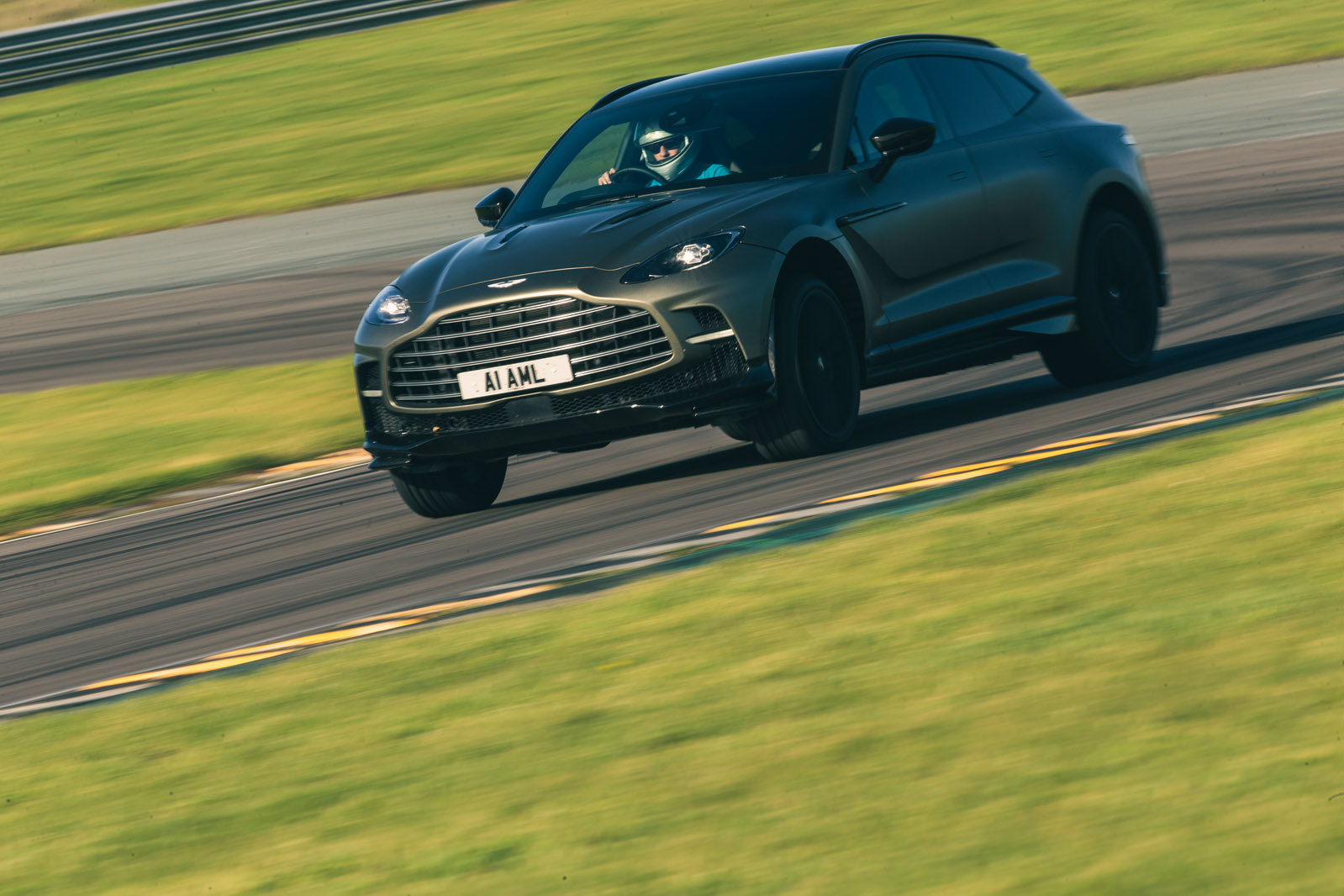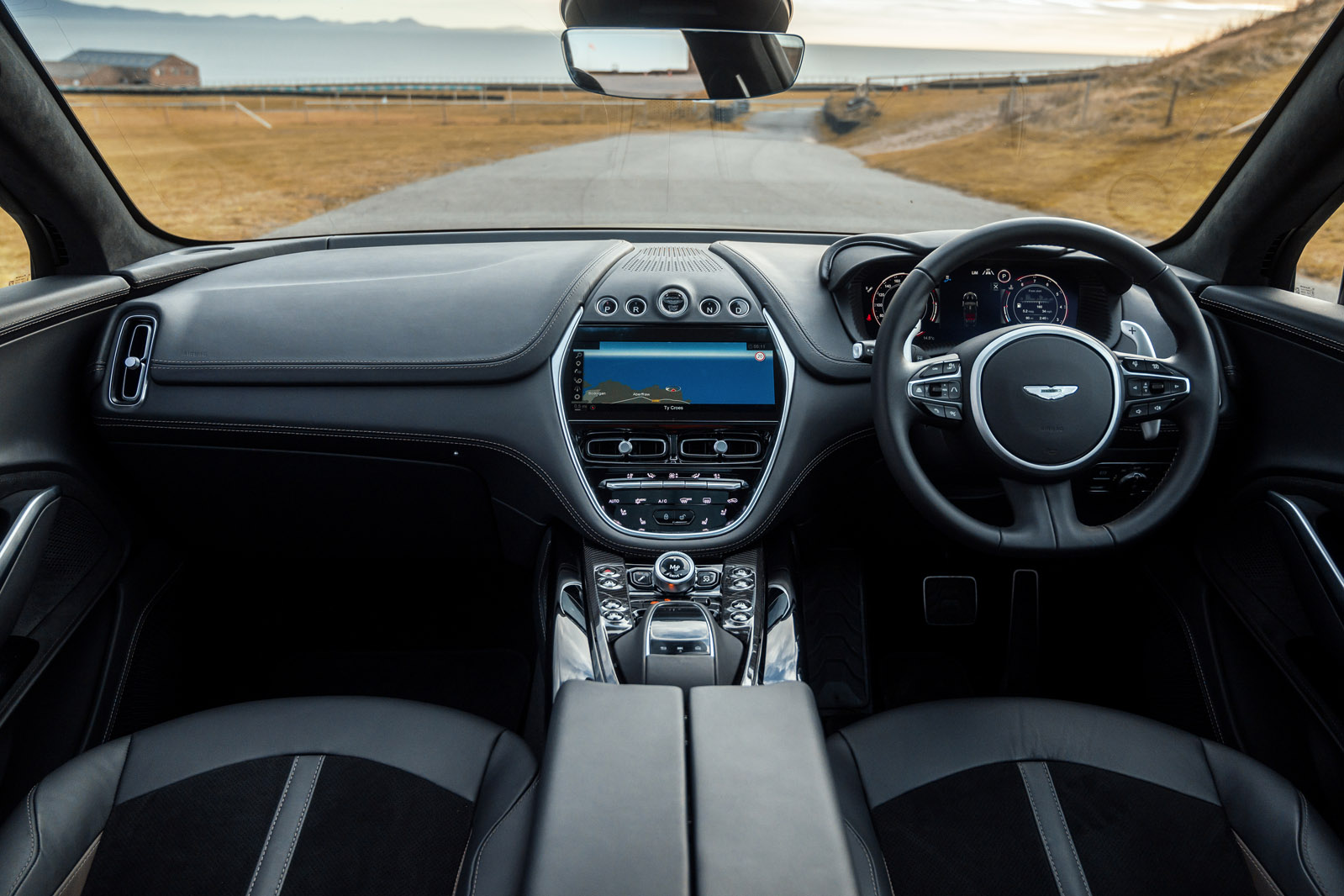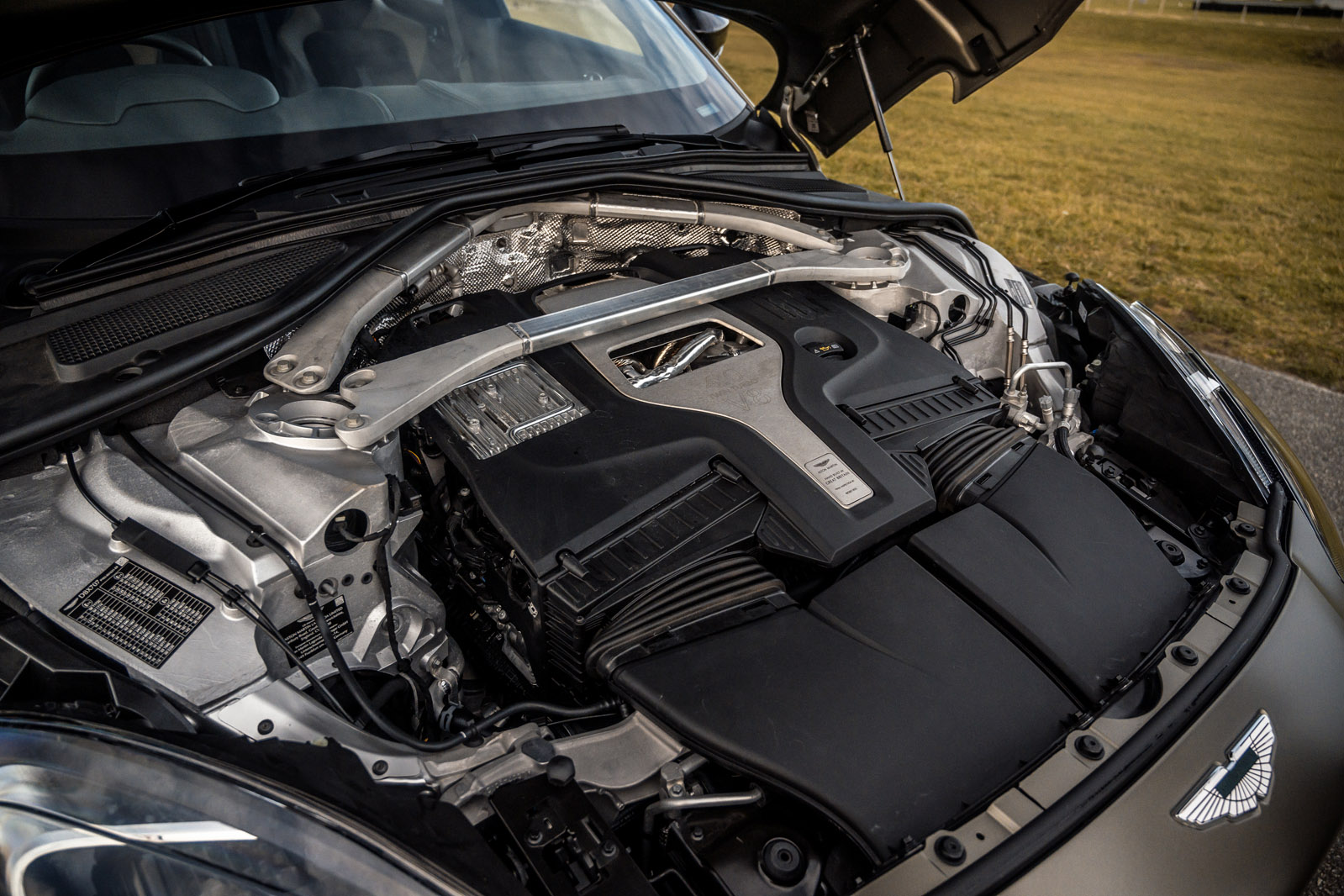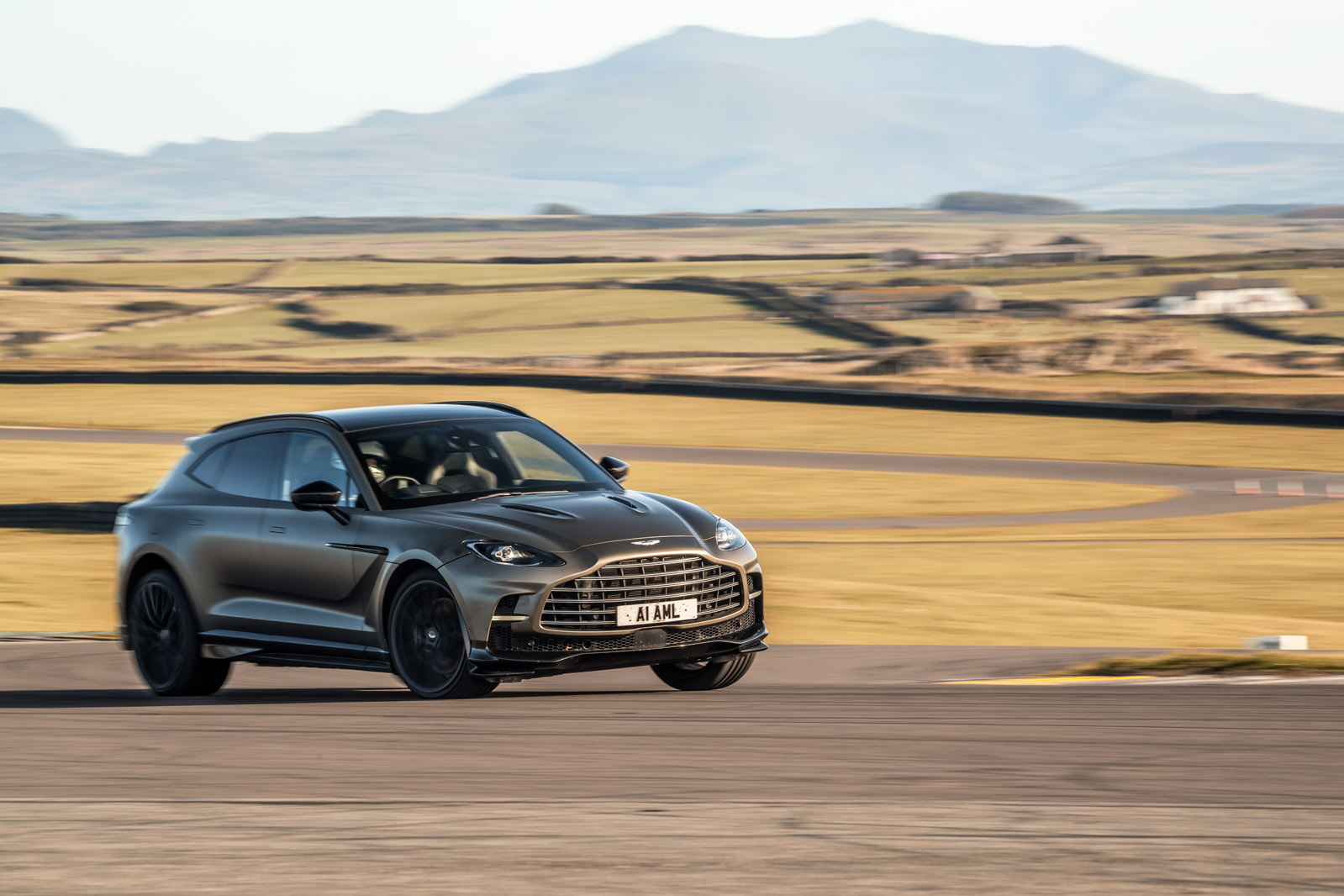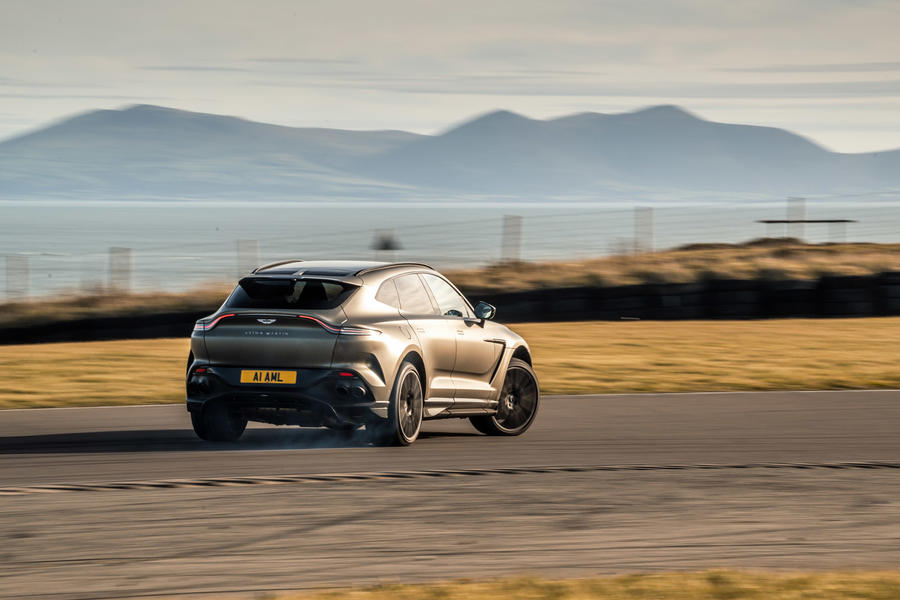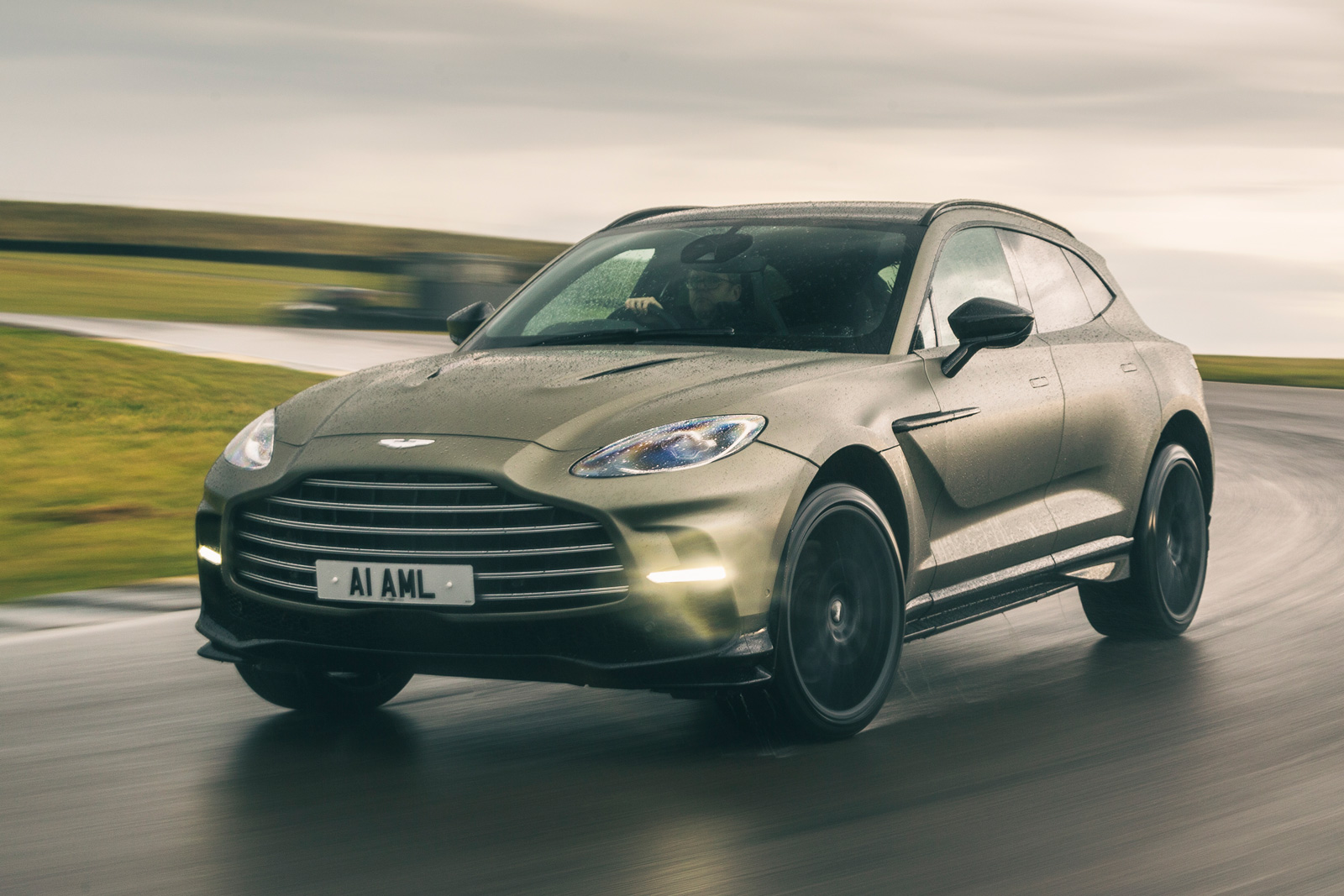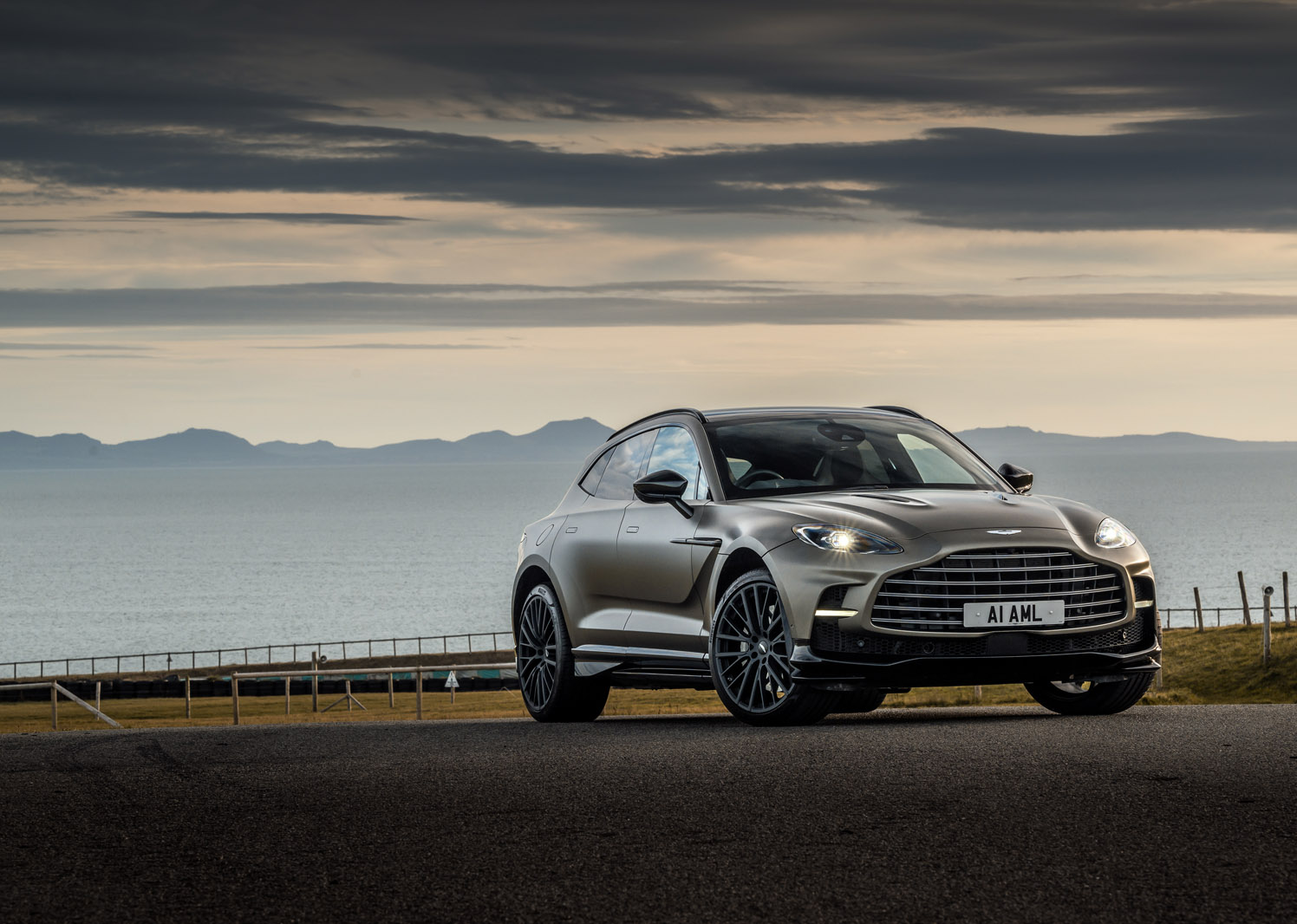Times remain challenging for Aston Martin Lagonda, even with a new management administration at the helm and a fresh business plan on the table.
Its financial losses, quarter by quarter, continue to mount in spite of former boss Tobias Moers’ best cost-cutting efforts, and now it faces a potentially expensive legal challenge to boot.
But the company’s greatest asset continues to be the last model introduced under the bold and expansive management of Andy Palmer: the Aston Martin DBX SUV. It’s a model that is still selling strongly, just as the car itself gets stronger. This week, then, we run Autocar’s road test rule over the new derivative that, according to Aston, takes the DBX to the pinnacle of the performance SUV segment: the Aston Martin DBX 707.
Having gone into production in summer 2020 at St Athan, Wales, the DBX has never known life unafflicted by either a global pandemic or a major supply shortage – and yet it sold more than 3000 examples last year.
This new 707 version is intended to boost the car’s critical standing as well as underpin demand. The new flagship derivative brings significant technical enhancements to the DBX’s powertrain, suspension and braking systems, all of which we are about to describe in close detail. Until Ferrari’s 715bhp Purosangue arrives in showrooms, it’s also likely to remain the most powerful factory-warranted performance SUV in the world.
And yet the 707 doesn’t exist solely to smash benchmark acceleration times, says Aston, but to show that exceptional performance can be kept in proper proportion in a usable, drivable, communicative and well-balanced luxury SUV. It describes this car as “a sabre in a segment of sledgehammers”. So now, to find out just how much cut and thrust it really offers.


